An unusually intense start to Canada’s wildfire season filled skies with smoke in May 2023. Then, at the beginning of June, scores of new fires raged in the central Canadian province of Quebec, some of which were ignited by lightning.
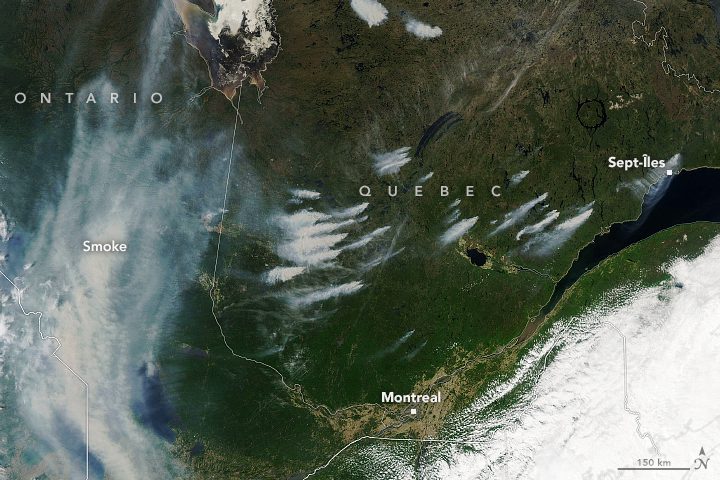

An unusually intense start to Canada’s wildfire season filled skies with smoke in May 2023. Then, at the beginning of June, scores of new fires raged in the central Canadian province of Quebec, some of which were ignited by lightning.
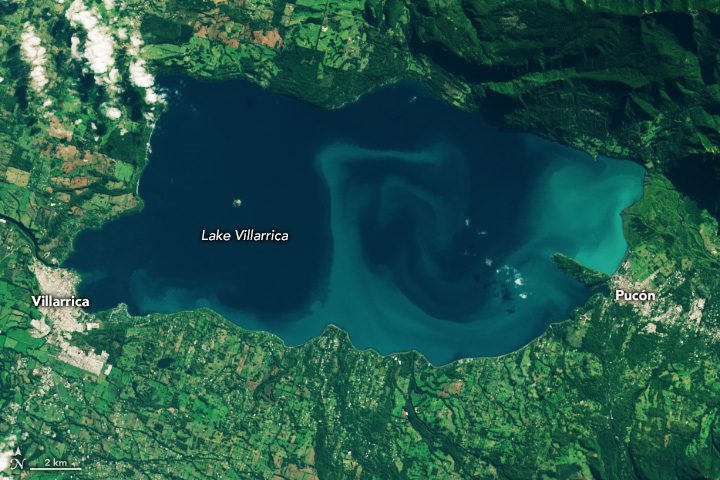
The Operational Land Imager (OLI) on the Landsat 8 satellite captured this image of an algal bloom on Lake Villarrica in Chile on May 2, 2023. Ground-based observations and analysis of additional satellite images suggest that cyanobacteria make up the light blue-green swirls in the natural-color image.
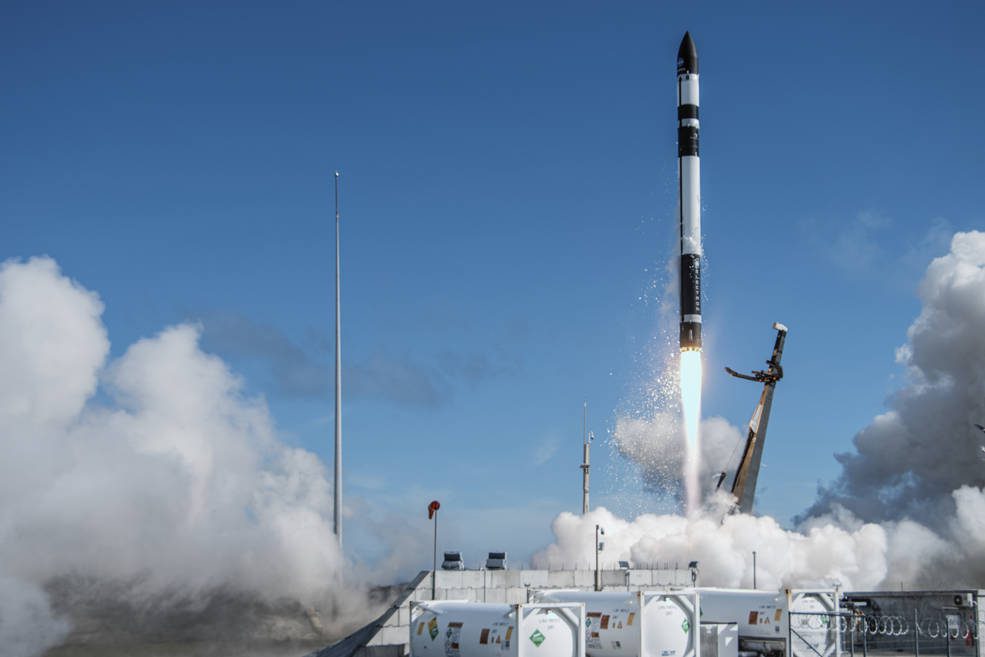
Two NASA CubeSats designed to study tropical cyclones, including hurricanes and typhoons, are in orbit after successfully launching on May 8, 2023.
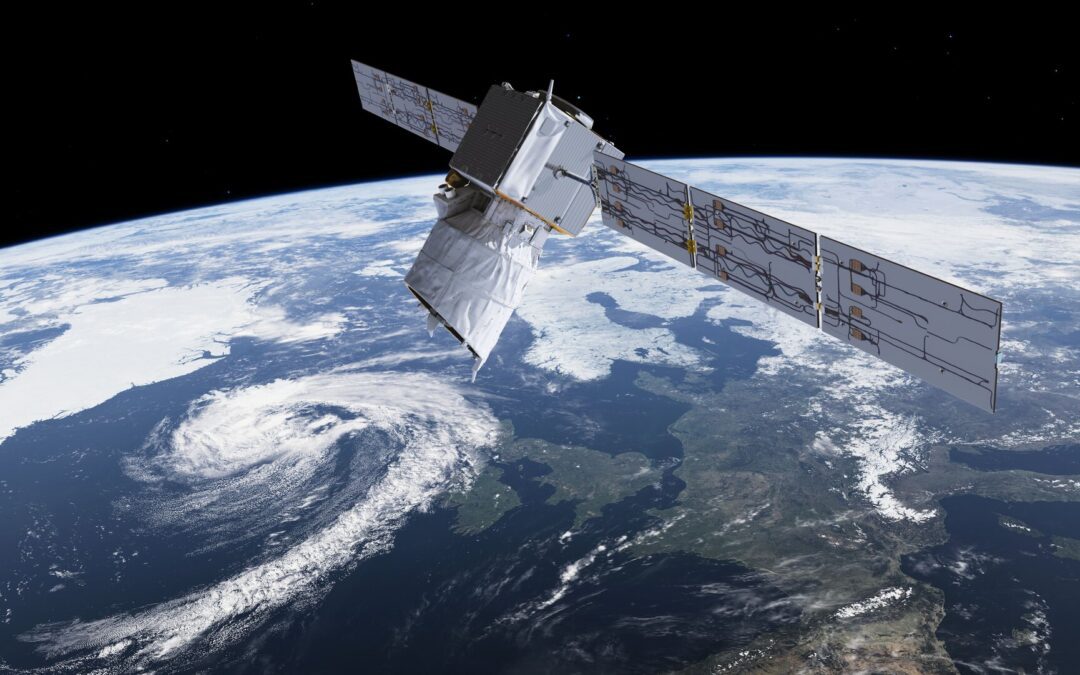
On April 30, 2023, all nominal operations of Aeolus, the first mission to observe Earth’s wind profiles on a global scale, will conclude in preparation for a series of end-of-life activities.
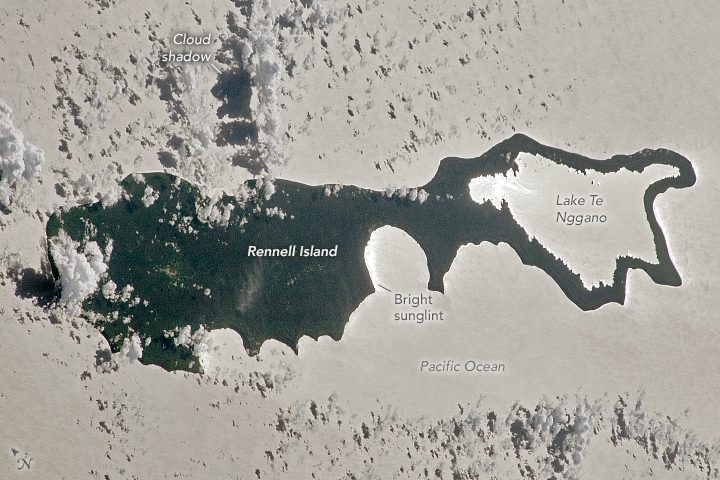
Rennell Island is part of the Solomon Islands, a nation in the western Pacific Ocean located northeast of Australia and east of Papua New Guinea. Rennell, also known as Mu Nggava Island, lies 210 kilometers (130 miles) south of Guadalcanal—the nation’s main island.
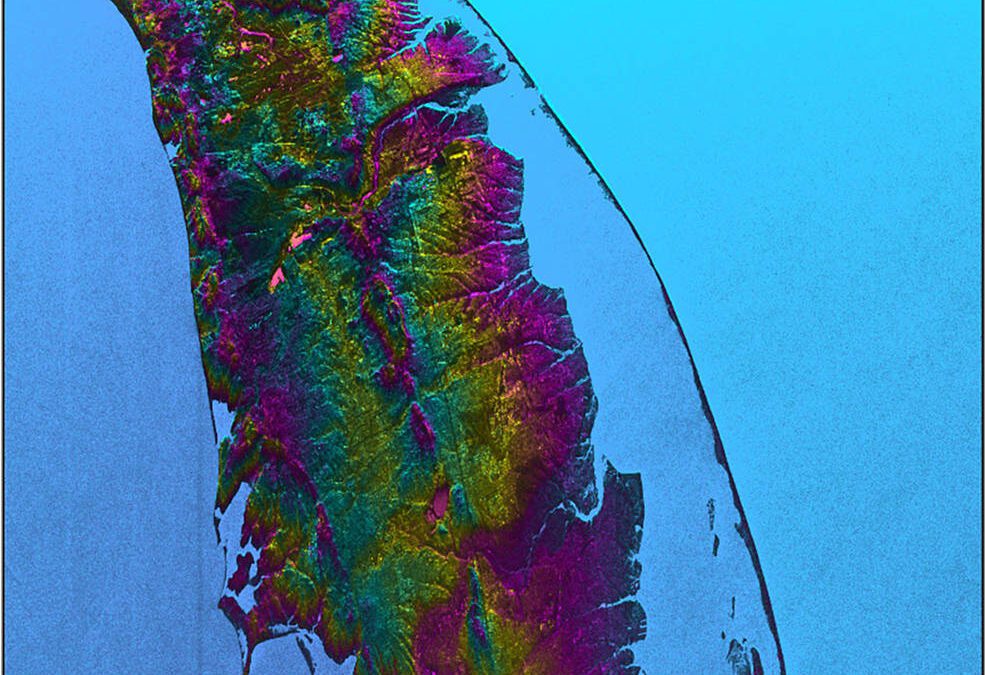
The international Surface Water and Ocean Topography (SWOT) mission–led by NASA and the French space agency Centre National d’Études Spatiales (CNES)–sent back some of its first glimpses of water on the planet’s surface, showing ocean currents like the Gulf Stream in unprecedented detail.
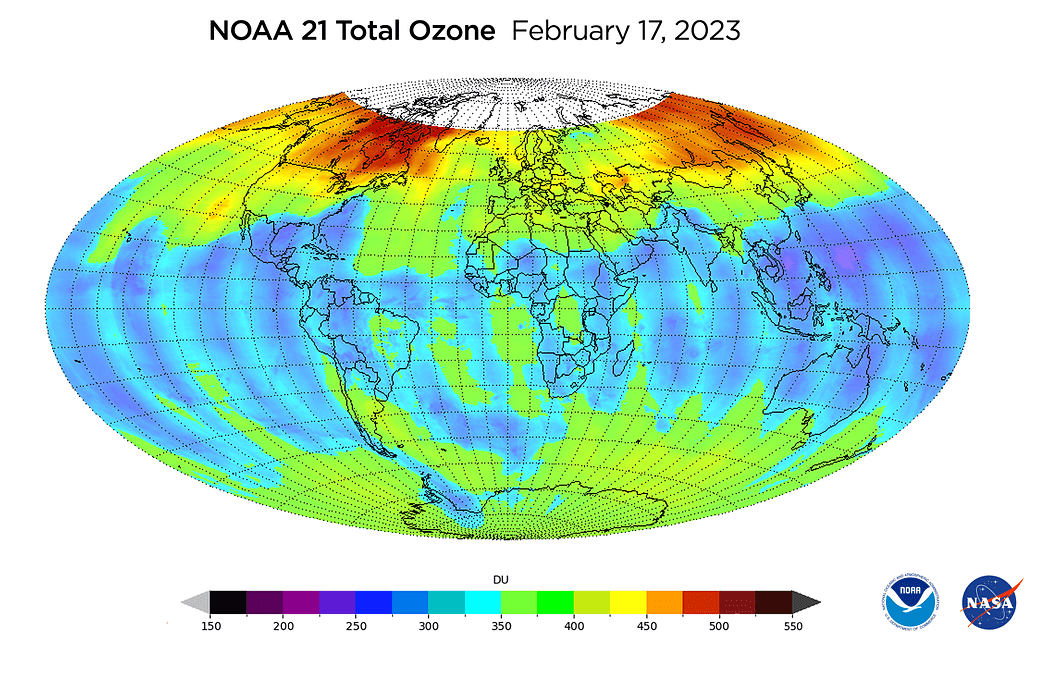
On Feb. 9, 2023, an ozone-measuring instrument on the recently launched NOAA-21 satellite opened its doors and, over the course of a week, gathered data for its first global image.
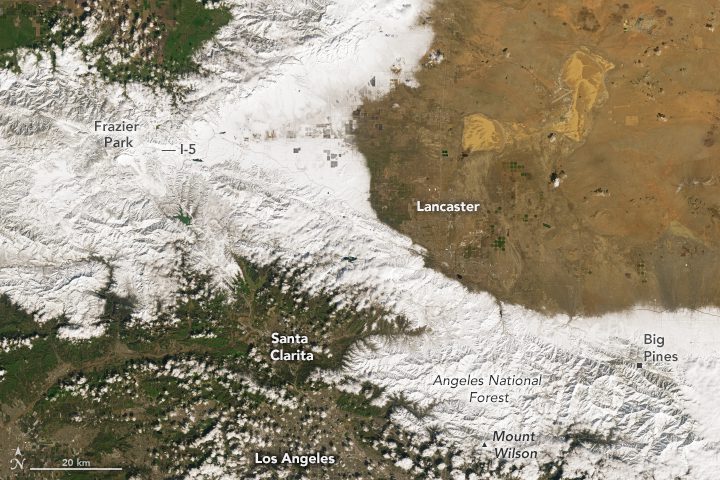
A powerful late-February 2023 storm brought blizzard warnings, cold rains, howling winds, and rare low-elevation snow to parts of southern California more accustomed to warmth and sun.
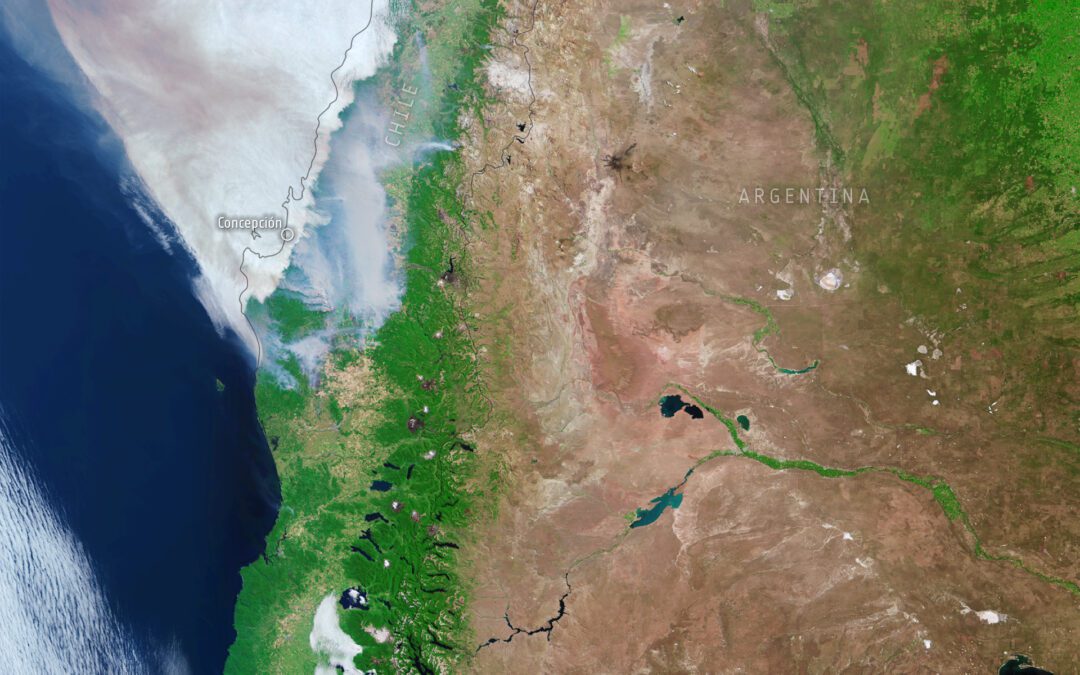
Deadly wildfires continue to rage in south-central Chile, destroying hundreds of thousands of hectares of land across the country. Satellite images captured by the Copernicus Sentinel-3 mission on Feb. 4, 2023, show the ongoing fires and heatwave in South America.

The global aerial imaging market is poised to attain high gains through 2032 owing to the growing occurrences of natural calamities such as storm surges, floods, wildfires and tropical cyclones.